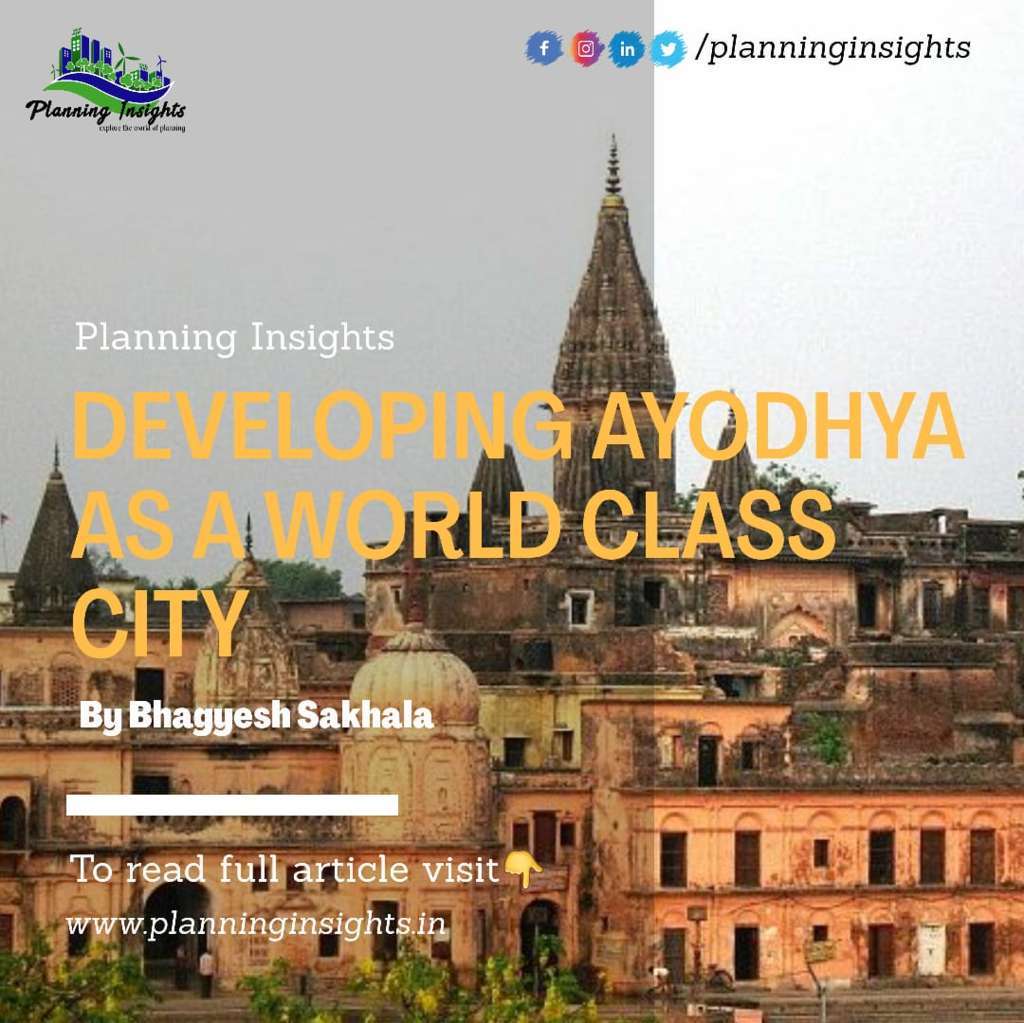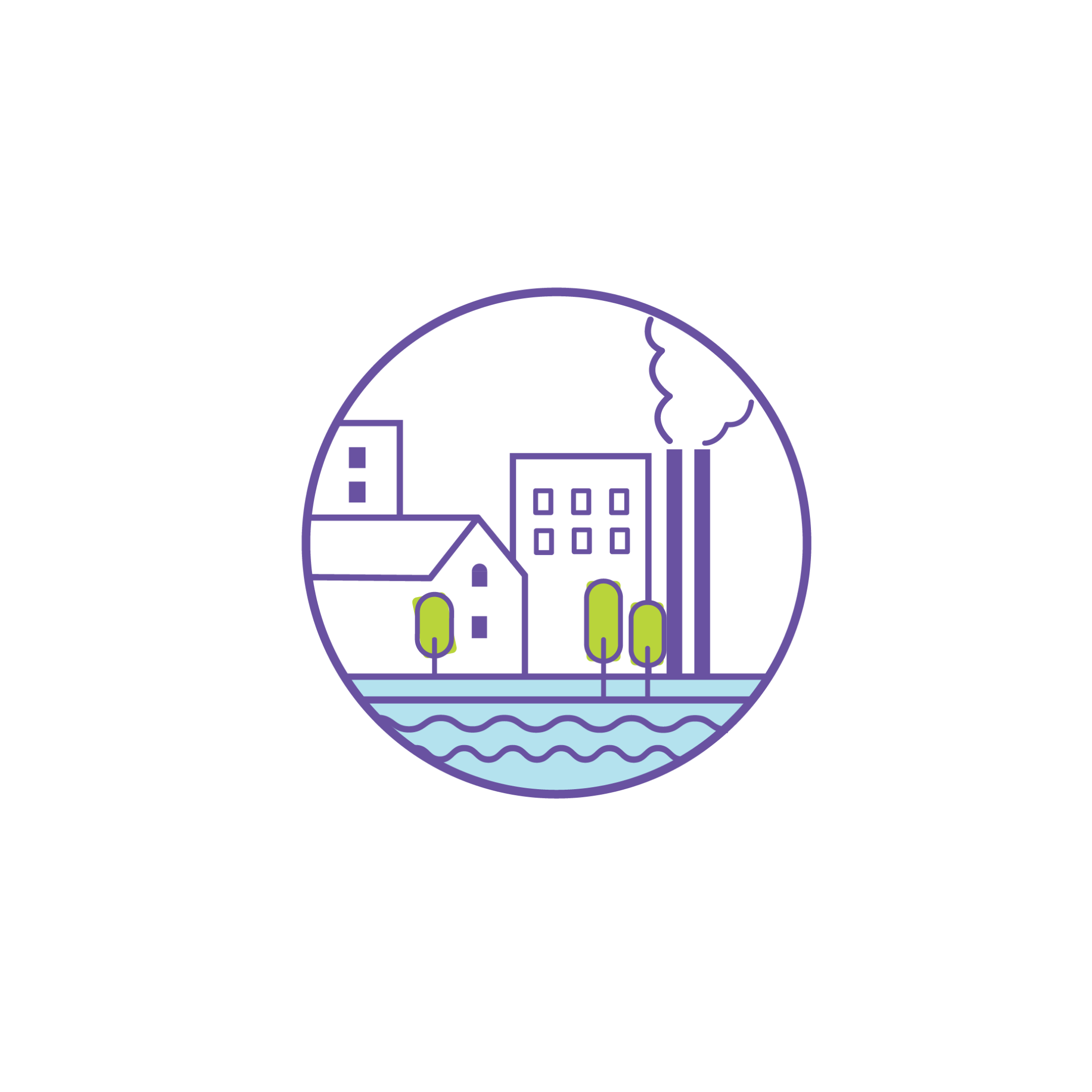LOW CARBON CITY
Low
carbon development purses a step by step approach towards carbon neutrality,
urban resilience and energy security, while supporting an active green economy
and stable green infrastructure. Carbon footprint is a measure of total amount
of CO2 and CH4 emission of defined population, system or activity considering
all relevant sources, sinks and storage with spatial and temporal boundary of
population, system or activity of interest. A city that comprises of societies
that consumes green technology and emits relatively low carbon as compared with
present day practice to avoid adverse impact of climate change. The low carbon
city movement was started in United Kingdom to consider how to lower production
of CO2. Four years later in 2007 Japan introduced the concept of a low carbon
society. The main idea is to reduced CO2 emissions while creating economic
growth. Characteristics of low carbon city are as follows,
1) Low carbon urban form
a)
Efficient use of land through compact, mixed use and functionally balanced
urban design
b)
Efficient public transport network
c)
Quality public spaces which are easily accessible, functional and environment
friendly
2)
Resource efficiency
a)
Incorporating the concept of circular economy
b)
Energy efficient buildings
c)
Municipal waste as a resource
d)
To restore and reuse water to improve urban ecological water cycle
3)
Inclusive Urban government:
a)
Transition from city management to city government by incorporating public
participation maintaining information transparency
The first
case of COVID-19 pandemic in India was reported on 30 January 2020, originating
from China. As of 21st May 2020, the Ministry of Health and Family
welfare have confirmed a total 1,25,101 cases, 51,784 recoveries and 3720
deaths in the country. Due to this outbreak, all educational, commercial,
transportation and industrial activities have been shut down due to lockdown
observed in country starting on 24th March 2020 and still continuing
with some reliefs in transportation and opening of shops and industries. As a
result of stringent travel restrictions and shutting down of non-essential
activities including those of air polluting sector, air quality improvement has
been noted in many towns and cities across nation during lockdown. The 91
cities showed minimal pollution, as many 30 cities recorded good air quality
while 61 cities recorded satisfactory air quality according to CPCB. Delhi
which battles high levels of pollution shown in reduction of PM10 by 44% during
lockdown. According to Centre for Science and Environment, PM 2.5 levels across
Delhi, Mumbai, Kolkata, Chennai, Hyderabad and Bengaluru dropped by a
phenomenal 45-88% percent during the pandemic included lockdown period. As a result,
in fallout in pollution, the people have been able to see distant things, like
snow-capped mountains. Recently people in Bihar saw the world’s highest
mountain from the village Sitamarhi. But during the lockdown 4.0 the many
industrial and transportation activities were open which resulted in two-six
times increase in PM 2.5 levels in six cities and four-eight times in national
capital. The government and planners need to readdress the city level policies
to move towards low carbon development and meet its characteristics like low
carbon urban form, resource efficiency and inclusive urban government by
adopting the methods and solution as follows,
1) As of 2016, the Government of India (GoI) statistics
claim 32 percent of the country’s total electricity consumption in
residential and commercial spaces. As India urbanises, this figure is set to
rise. Managing the demand from building energy use while ensuring high quality
of life has been a key challenge for policy makers and planners. This rising
energy demand is a potential opportunity for India to set itself on a course of
planned growth in building energy use. GRIHA which is applicable to
buildings with floor space of over 2,500 square metres, evaluates a building’s
performance over its life cycle based on nationally accepted energy and environment
principles and promote green building development. Currently, there are 1,175 projects being evaluated by GRIHA. But the question will arise
that, is 1,175 green building projects sufficient in order to move towards low
carbon development? The Government and planners need to reinforce the polices
and programs for redesigning the building as green buildings and promote the
low carbon development. Buildings can be energy efficient by using energy
efficient technology like insulation, low energy lighting specification through use
of CFLs and LEDs, rooftop solar energy for electricity purpose instead of coal
based generated electricity, increasing percentage of glazing (i.e. windows)
alternative to use air conditioning, optimising natural lights, installation of
smart appliances and smart building management system. Green roof system with
vertical greens can be adopted for reducing carbon emissions. Planners can
recommend use energy efficient building material like Recycled steel, Spray foam insulation, thermostat radiant barrier
sheathing, Bamboo plywood, insulating concrete forms, Straw bales, Plant-based
polyurethane foam, cool roofing technology which reflects sunlight and keep
home cools, use of plastic tiles made from waste etc. As we improve the energy efficiency of our home, we need
less electricity and thus rely less
on carbon-intensive power plants. This reduces our
home's demand from the plant, which in turn benefits the environment by
reducing the CO2 emissions.
2) The pollutions level was decreased during
pandemic lockdown in India and nature was healing and balancing itself with
restriction of the vehicles movements and shutting down of industries causing
pollution. But post lockdown what if we introduce the vehicle free Sunday
events like in Malaysia, Amsterdam etc. and promote the use of public
transport, cycling, walking in India and make citizens enjoy the vibrant
streets of Indian cities. There will be two advantages firstly will help to
reduce carbon emission and secondly will help to ensure the health of the
citizens. In order to achieve this planner, need to redesign the streets for
encouraging the people for cycling and walking. There is also need to create
the vehicle free zone in public spaces and design those for only pedestrian
activities just like Times Square in New York, Victoria Park in Canada and so
on. For shorter trips in cities, people need to give up the use of private
vehicles and take an initiative to start cycling, walking and use public
transport (81% Citizens in Italy are dependent on bicycle for commuting
purpose). The growth of the vehicle has been much faster than that of
population. The no of registered vehicles increased from 55.5 million in 2001
to 142 million in 2011, with 195.6 million vehicles estimated in 2016. The
share of public transport in India is declining which is 18%, citizen is
largely dependent on private transport. There is need to adopt the alternative
solution to sole this increasing problem like use of biodiesel, electric
vehicle, car pooling and use of public transport at larger scale. There is need
to increase the consumption of biodiesel in India which is renewable and an
eco-friendly in nature. The government policy for converting vehicles to
electric vehicles by 2030 need to be given importance and boosted at faster
rate in order to solve the problem of GHG emission. The planners need to focus
on providing solar charging station for charging the electric vehicle rather
than using the electricity form thermal plants. If a 200m stretch of a road has
50 cars (one passenger per car) causing the traffic congestion, blocking the
space for movement of other vehicle and burning of fuel leading to CO2
emissions. If a same problem is addressed by the use of bus which can
accommodate the 50 passengers then it can solve the problem of traffic
congestion, will increase space for movement and reduce the emission of CO2. Although
government is trying at best to promote public transport but the citizens need
to take pledge to minimise the use of private transport taking in to
consideration of its negative implication on environment and start using the
public transport and either commute by carpooling.
3) As we know that how important is green cover because trees are mother
gift to nature and without trees no life can exist. In India only 24.39% of
green cover is present in current scenario. Bhutan country is famous for green
approach and is World’s greenest country and consist of 70% of forest cover and
their constitution demands that minimum 60% of total land should remain under
forest cover. As compared to Bhutan if any such law comes in our constitution
we too can achieve and increase green percentage of our country. But we are
cutting the forest for metros, urban development, industries etc. instead that
why we are not focusing on creating forest cities like in China, Malaysia,
Singapore and so on. This will help to save our lives, wild animals and make
environment healthier. We also need to introduce terrace farming, green roof
system and vertical green in order to reduce the CO2 emissions and increase
green cover in Indian cities. In 2019 Ministry of Road Transport and Highways
took an initiative to plant 125 crore trees on roads and highways. If every
people come forward to plant 2 trees per year then also 250 crores+ trees can
be planted in a year and will help to reduce GHG emissions and make our country
greener.
4)
There is also need to encourage waste separation by promoting recycling and
composting, introduction of barter market- local people collect inorganic
waste, gain green points and encash them for fresh food. Minimise waste to
landfills and maximise resource potential of material, bio-waste converted to
compost and using for landscape. Minimize use of local water resources, adopt
retrofitting water conservation method in order to reduce water consumption,
eliminate waste and leakage, recycling water up to 80% of waste water,
installation of collector on riverbank to capture drainage and rainwater
harvesting system. Adopt Energy generation by using solar panels, wind mills,
hydro power and waste to energy plants.
The citizens cooperation will also be an
important in achieving the goal of low carbon development in India. Along with
planner roles will be an important in shaping the cities and giving proper
direction to the growth and achieving the carbon neutrality in India. This
would be possible only by following this India’s development mantra “Sabka
Saath Sabka Vikas” (Collective Effort, Inclusive Development)
Together
We Will Grow, Together We Will Build
Related Articles

The philosophical approach through understanding the psychological needs of humans resulting in joyful spaces

Housing Typologies and Characteristics

Developing Ayodhya as a World Class city





